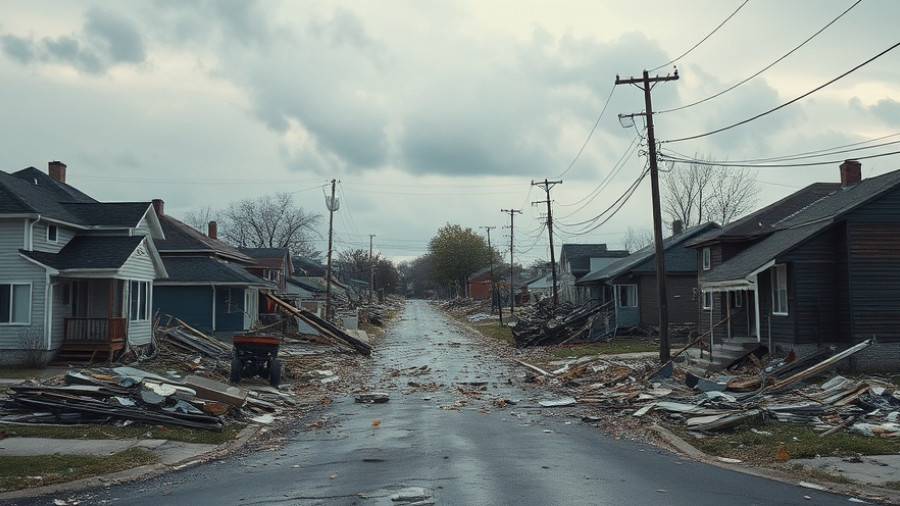
Understanding Super Typhoon Ragasa's Impact on Insurance Claims
As Hong Kong braces for Super Typhoon Ragasa, vehicle owners must navigate the potential fallout associated with property damage and insurance claims. With winds reaching up to 205 kilometers per hour, the impending storm poses significant risks, similar to those witnessed during Typhoon Mangkhut in 2018 which caused economic damages upwards of $592 million. When nature unleashes such fury, knowing how to manage your insurance claim becomes critical.
Preparing for the Storm: What Vehicle Owners Need to Know
Vehicle owners are often left wondering how extreme weather affects their property and insurance coverage. As roads become hazardous, understanding the specific terms of your policy is vital. Generally, comprehensive car insurance covers vehicle damage from natural disasters, but it's essential to confirm your coverage specifics. Before a storm hits, document your vehicle’s condition with photos and notes, which will be invaluable if you need to file a claim later.
Steps to Filing an Insurance Claim on Property Damage
After the storm passes, the process of filing a car accident claim or property damage claim can begin. Start by gathering all necessary documentation—this includes photographs of any damage, police reports if applicable, and detailed notes about the incident. Quickly contact your insurance adjuster to report the incident and begin the claims timeline. Remember, every day counts in the claims process!
Common Pitfalls: Avoiding Denied Insurance Claims
Many property owners face denied insurance claims due to unpreparedness or lack of documentation. Engaging in direct communication with your insurance company and staying detailed about your situation can avoid complications. Insurers might deny claims citing policy limitations, so it’s imperative to know your rights. Take time to read the fine print of your policy to avoid being caught off-guard when filing for assistance.
The Claims Negotiation Process: Expert Tips
Negotiating with your insurance provider can seem daunting, but understanding potential strategies can empower you. Always approach the negotiation knowing the estimated costs of repairs. Share this information respectfully with your claims adjuster to support your case. Prepare for a back-and-forth process—patience and persistence are key. If the negotiation feels overwhelming, consulting with a legal advisor can provide you with additional support.
Insights from Past Storms: Learning from Typhoon Mangkhut
Reflecting on past storms like Mangkhut, it’s clear that preparation is key. In 2018, the storm caused extensive damage, leading to a lessons-learned scenario that many have since referenced. By taking preventive measures, such as reinforcing your vehicle and having an emergency kit ready, you can mitigate future challenges. Use this historical context to recognize the importance of proactive planning.
What’s Next: Preparing for Future Storms
As climate patterns change, extreme weather events are likely to become more frequent. For vehicle owners, this means being ever more vigilant about property damage potential and staying updated with their insurance processes. Consider scheduling regular policy reviews to ensure your coverage remains adequate as risks evolve.
With these insights, vehicle owners in Hong Kong can better navigate the complexities of property damage claims, especially in emergency scenarios like Super Typhoon Ragasa. By actively engaging with their insurance providers and understanding their policies, they can ensure they are prepared when the winds and rains arrive.
If you haven’t done so already, check your insurance policy today and begin preparing documentation for any potential damage. Stay safe, stay informed, and maximize your insurance benefits.
 Add Row
Add Row  Add
Add 




Write A Comment